Guest Post: Ergonomics & Chiropractic Care by Dr. Sam
Ergonomics and its Importance
Introduction
Ergonomics is a branch of science that aims to learn about the human abilities and limitations, and then apply this learning to improve people’s interactions with products, systems and environment. It is a process of ensuring a good fit of workplace products and systems in relation to the people who use them. Ergonomics don't only focus on seating or standing positions, however, it also applies to the design of anything that involves people; including workspaces, sports, leisure, health and safety. It helps to improve workspaces and environments to minimise the risk of injury or harm. This is essential because if inappropriate posture continues, it may lead to symptoms like musculoskeletal disorders, fatigue, discomfort and pain.
Importance of Ergonomics
An ergonomically designed workstation promotes good posture and helps to keep bones and joints in correct alignment, which helps muscles to be used adequately.
- It decreases the abnormal wearing of joint surfaces that could result in degeneration or arthritis.
- It reduces the stress on the ligaments that hold the joint of the spine together.
- It can help to counter the fatigue because muscles are being used more efficiently, allowing the body to use less energy.
- It prevents spasms or strain due to no overuse of the muscles.
- It reduces the risk of backache and muscular pain.
- It reduces the primary risk factors for musculoskeletal disorders. This enables workers to be more efficient, productive and have greater job satisfaction.
- It reduces the absenteeism due to healthy and pain-free employees who are more likely to be engaged and productive.

Work is likely to result in an injury when it is performed frequently, performed for long period of time or if there is a presence of intense work. If your work involves force, heavy lifting, carrying, gripping, overhead activity, prolonged sitting or standing, vibration or extreme temperature; you are likely to develop a musculoskeletal condition. These risks can be reduced through hazard analysis, appropriate tools, ergonomic training and job rotation.
Ergonomics Steps While Sitting at a Desk Job
While in a sitting position, the following steps are recommended to improve ergonomic workplace:
- Ear, shoulder, elbow and hip in a line.
- Head, neck and shoulders are positioned forward and upright.
- Placing your feet flat on the floor, but if they aren't then having a footrest which helps to rest your feet at a comfortable level is preferable.
- Computer screen centred, directedly in front of your eyes or 1/3rd superior level of the screen. It should be about an arm’s length away, with the top of the screen roughly at eye level.
- Placing the keyboard in front of you when typing.
- Shoulder and arms need to be perpendicular to the floor as well as elbows need to be held close to sides which will keep your arms bend in a L-shaped.
- Taking frequent shorter breaks after every 20-30 minutes to stretch.
- Avoiding eye fatigue by resting and refocusing your eyes periodically.
- Positioning the frequent used objects within easy reach to avoid repeatedly stretching or twisting.
Ergonomics Steps While Carrying or Lifting Heavy Objects
Lifting heavy items is one of the leading causes of injury in the workplace. Overexertion and cumulative trauma are the more common movements that caused back injuries. Therefore, it is important to use a proper lifting and material handling technique which can reduce the chances of injuries to the back.
The lifting stages include as follow.
- Preparing before lifting or carrying the load. Analysing how heavy or awkward the load is. Is it possible to lift into smaller parts? Are there any obstructions to the path?
- Lifting the load by getting as closer as possible. Try to keep your arms and elbows close to your body. Keeping the back straight during the lift by tightening the abdominal muscles, bending at the knees with the load centred in front of you.
- While carrying, avoid the twist or turn of the body and maintain the hips, shoulders, toes and knees in the same direction.
- Settling down the load by keeping the head up, stomach muscle tight and not twisting the body around.
Ergonomics Steps While Standing
Prolonged standing can also negatively affect your lower back, leg muscles, tendons and other connective tissues. This can be avoided by adjusting the standing desk into more ergonomically correct position. This includes aligning the keyboard with your elbow height and also adjust the desk and screen to your height. According to the research, a ratio of 1:1 or 2:1 sitting versus standing time appears to be optimal for comfort and energy levels without affecting productivity. Therefore, switching between standing and sitting should be utilised to maintain proper ergonomics and increase productivity.
Biomechanical Effect of Improper Posture
It is important to maintain the spines natural curvature, however, without lower back support the natural tendency for most people when sitting for long periods is to slouch forward. This slouching position affects the natural inward curve of the lumbar spine (lower back spine) and pushes it outwards. As a result, it stresses the structures including muscles, ligaments and joints. Improving the posture by becoming self-aware regarding the position the shoulder, head and back will be the first step taken, however, good lumbar support can be utilised either using an adjustable back support chair, portable lumbar back support or using a small towel or pillow. Back exercises can also help to strengthen the back muscles, leading to better spine support and even better posture. Exercise also helps to increase blood flow to your muscles which result in less pain and tension.
Chiropractic care & it’s role in ergonomics
Chiropractic care plays an important role in correcting the joint misalignment which occurs due to structural shift. These structural shifts can be either due to sitting or standing for prolonged period, repetitive movements, lifting heavy materials, etc. These activities may lead to structural instability, muscle strain, ligament weakness and nerve interference.

Chiropractors aim is to locate, analyse and correct those joint dysfunction or misalignments, which helps to restore the normal function of the spine. Regular adjusting helps to increase the movement in the joint, reduces the tension in the surrounding muscles and conserve the body energy as the muscles are getting used more efficiently. So, if you or anyone you know, are under postural stress due to your lifestyle; get in touch with your local chiropractor today and experience the benefits of Chiropractic care.
NOTE: If your business is housed in a commercial building and you are thinking of having an ergonomic office fit-out or the interior layout redesigned, make sure to include as many ergonomic elements as possible.
- Dr. Sam Baktash (Revolution Chiropractic)




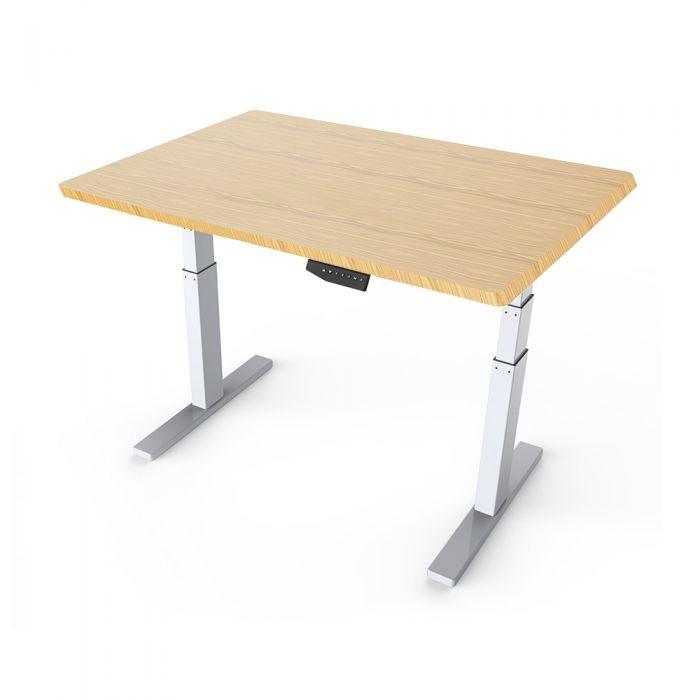
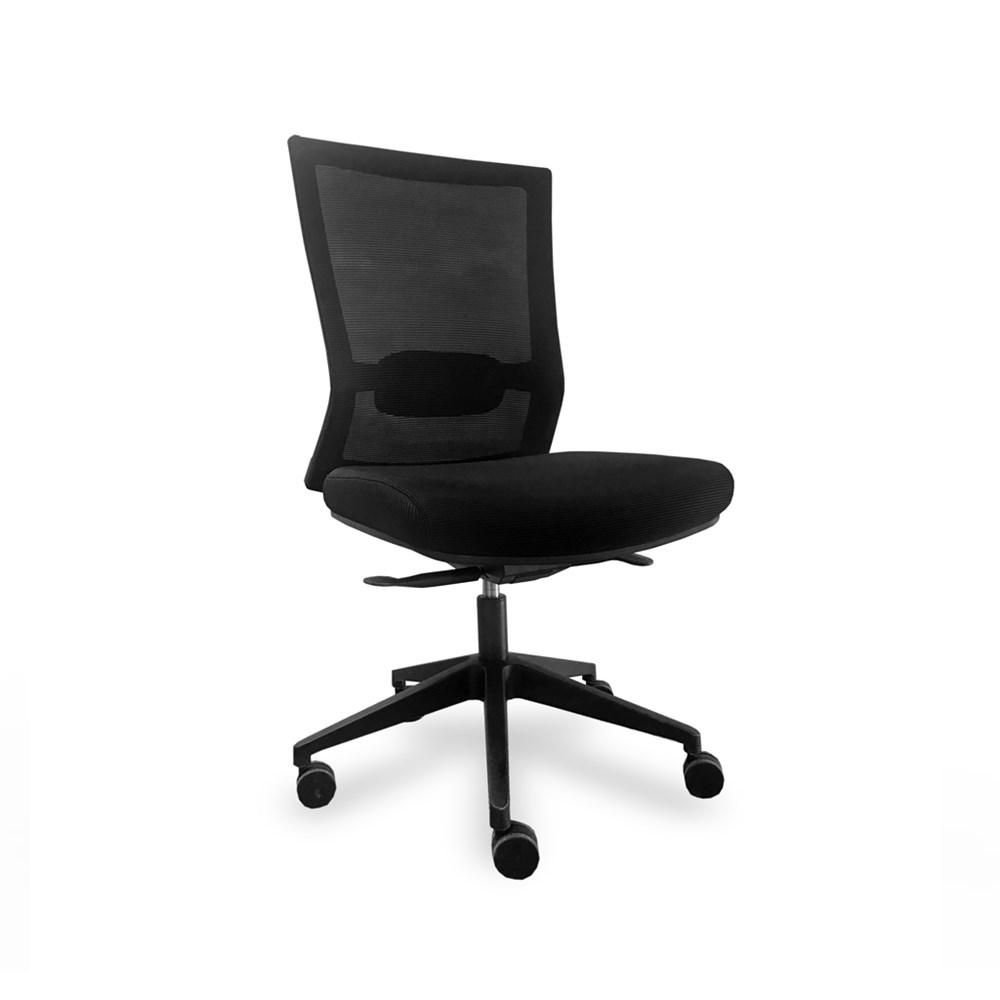
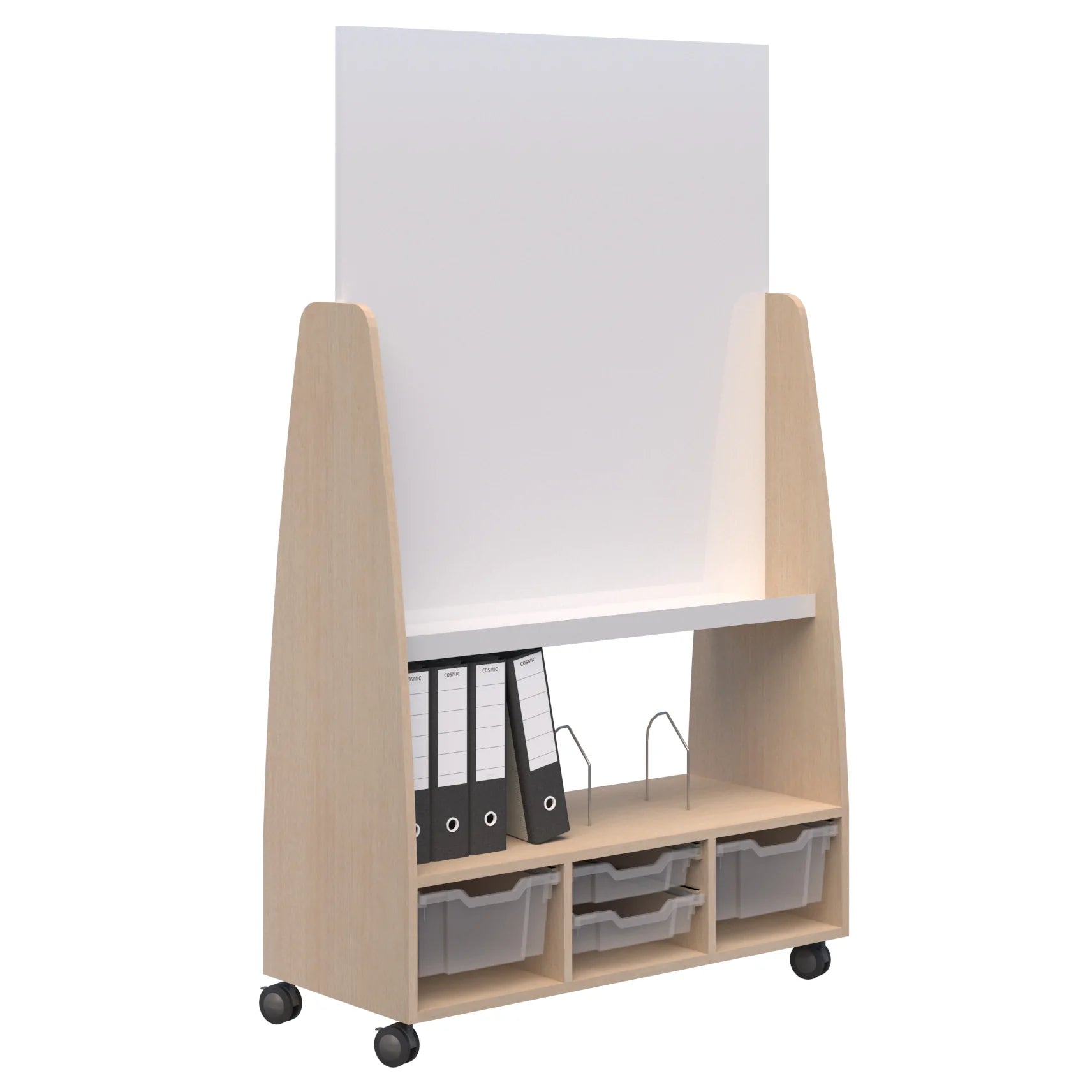

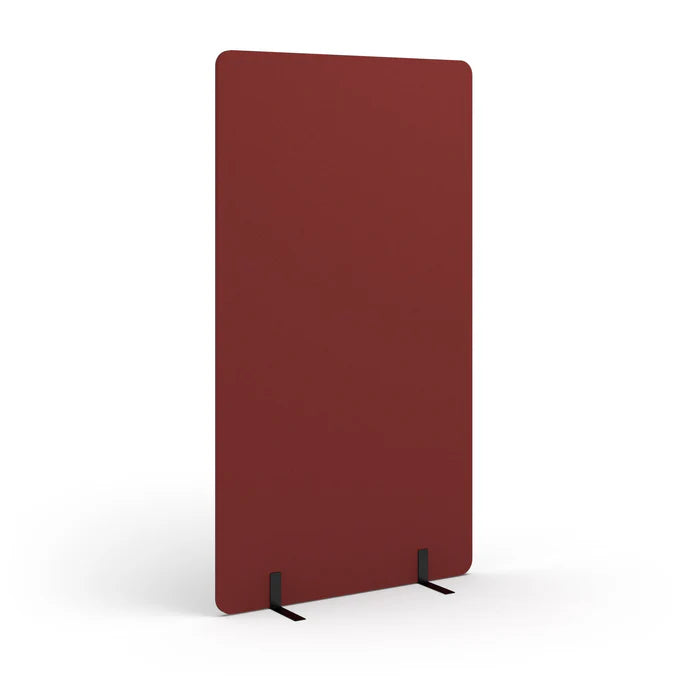
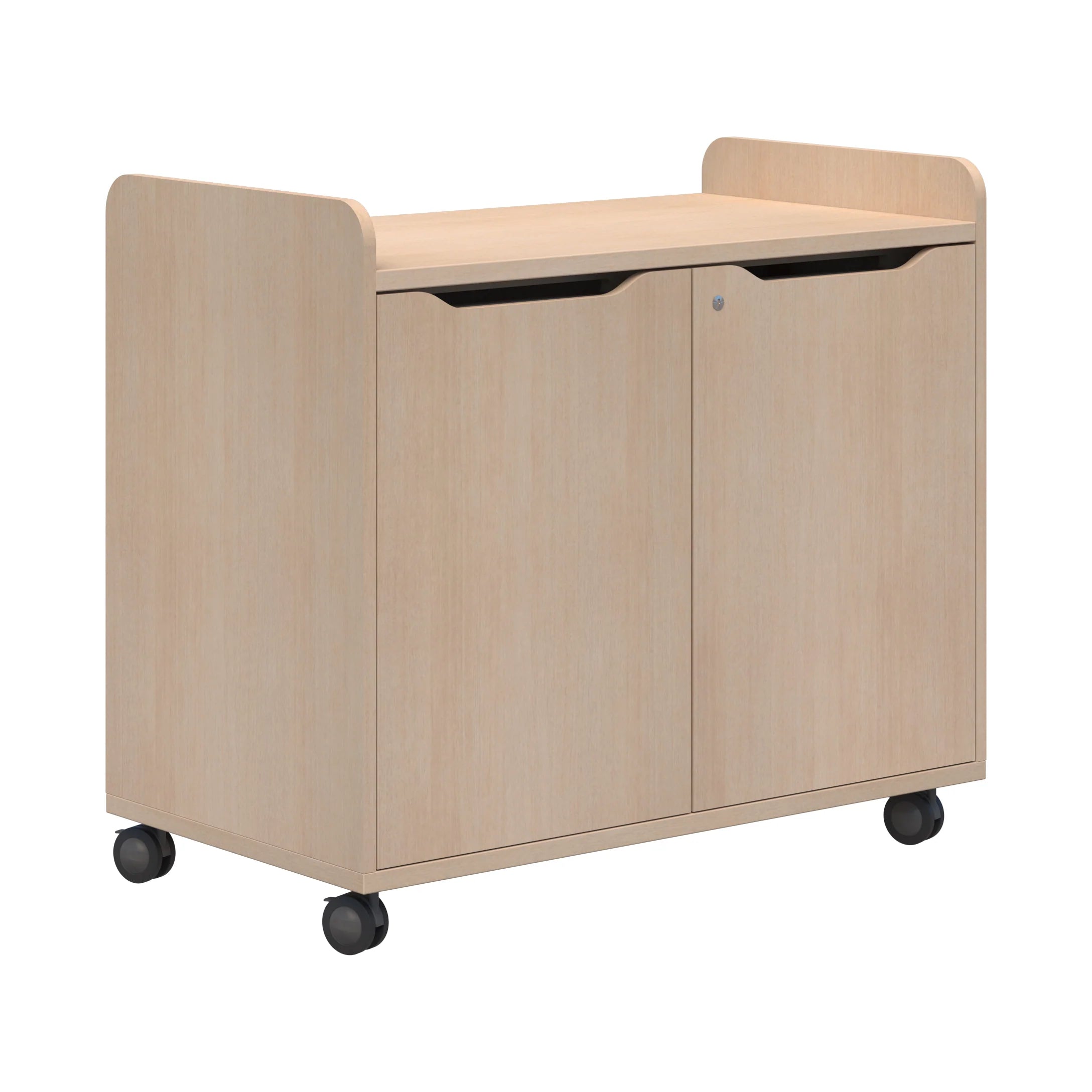


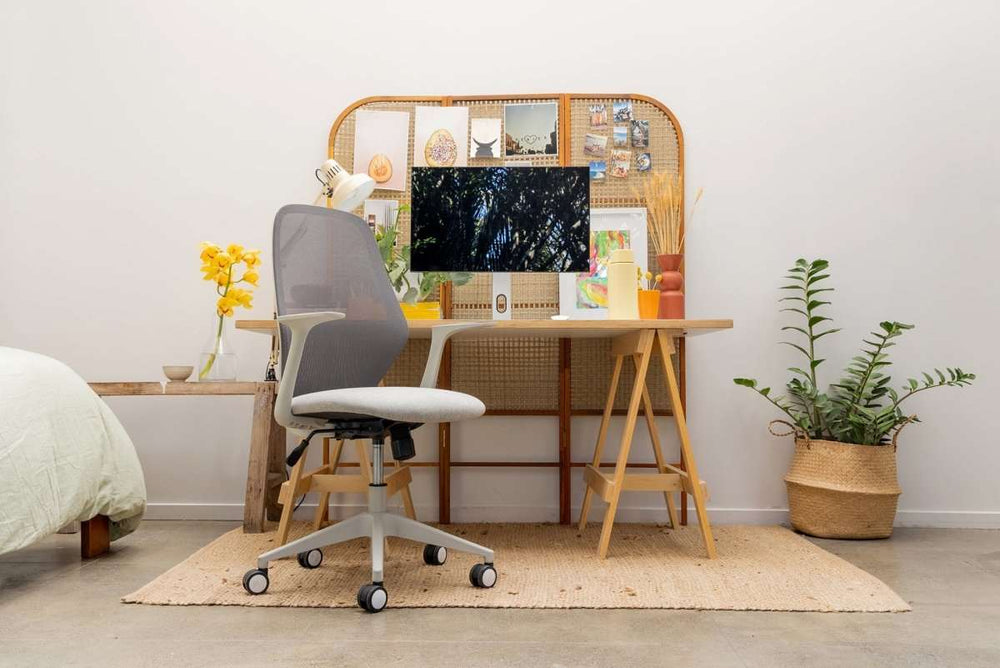
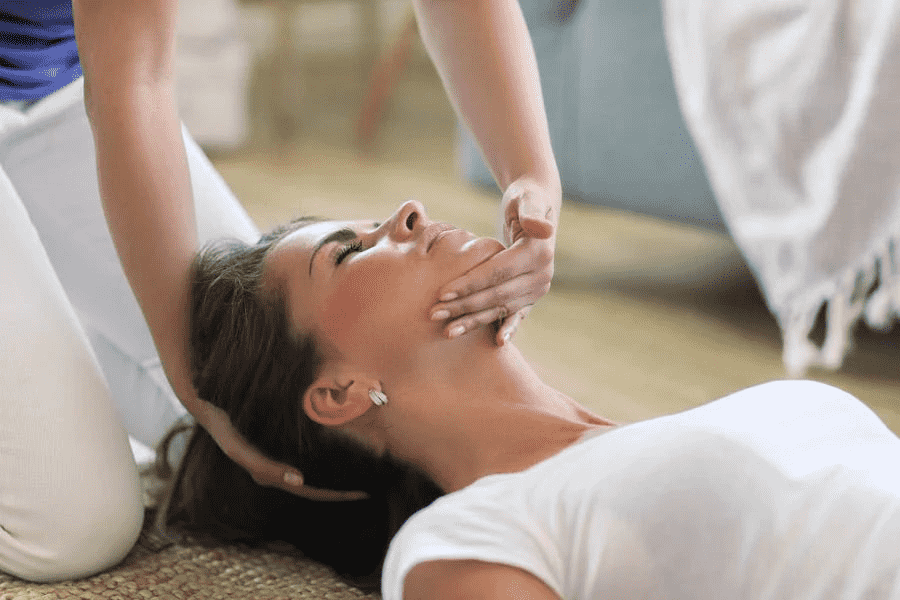


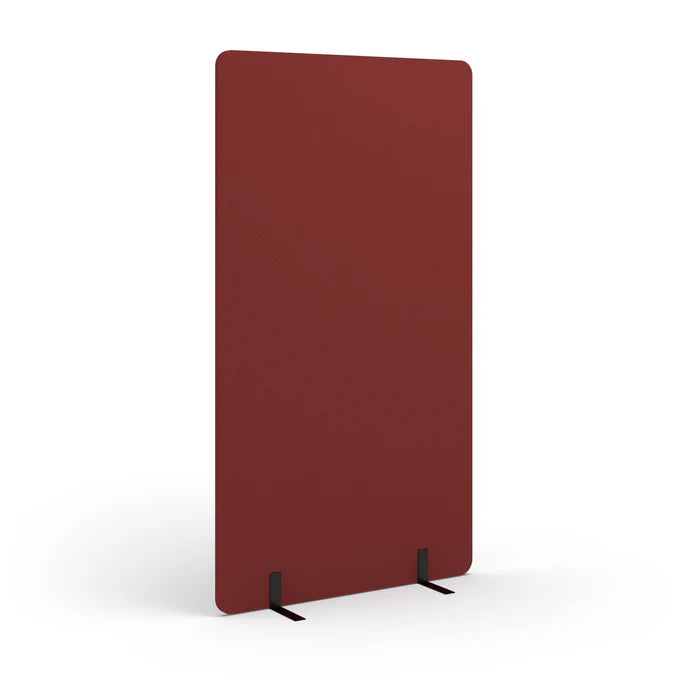

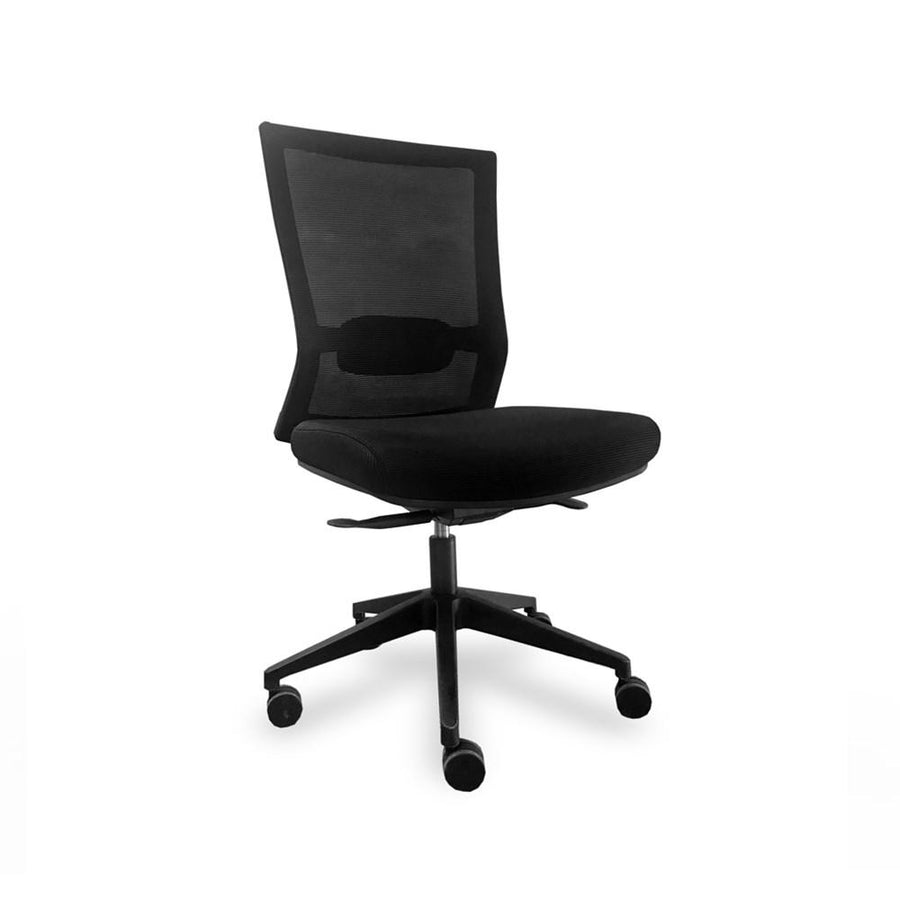
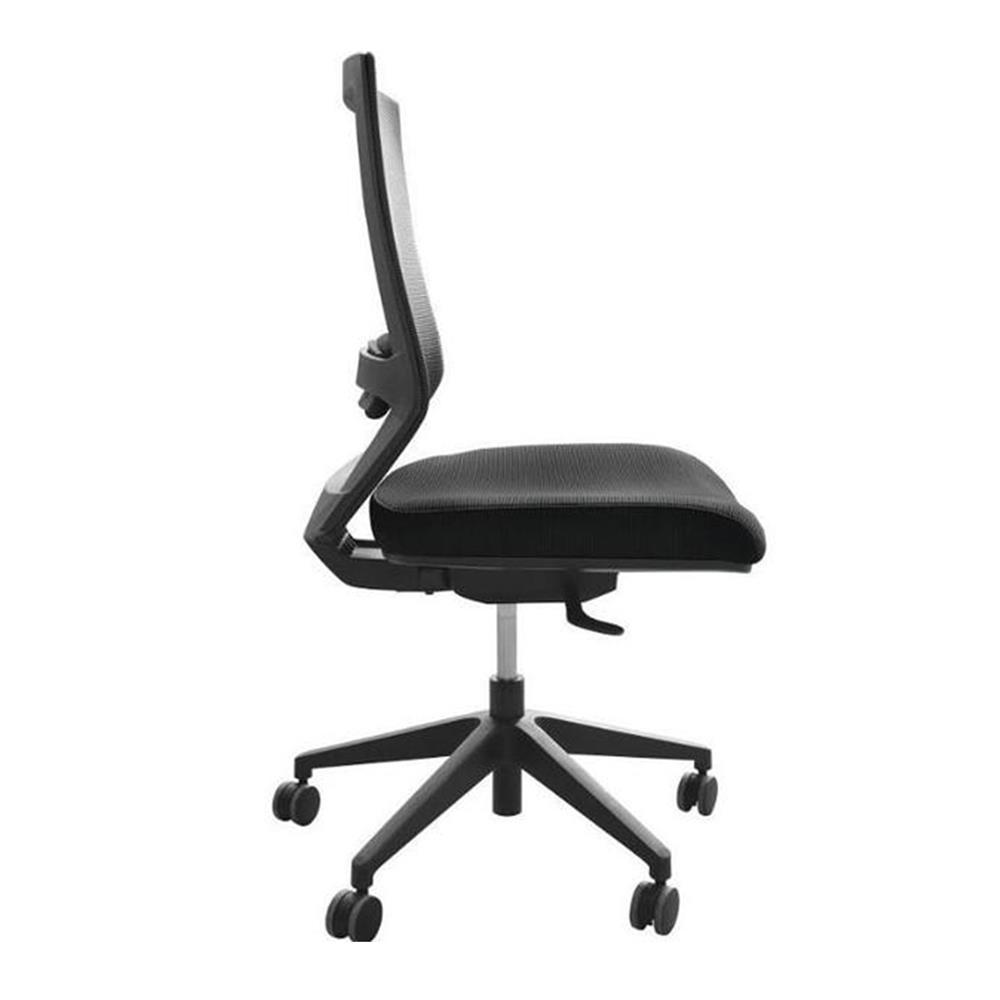

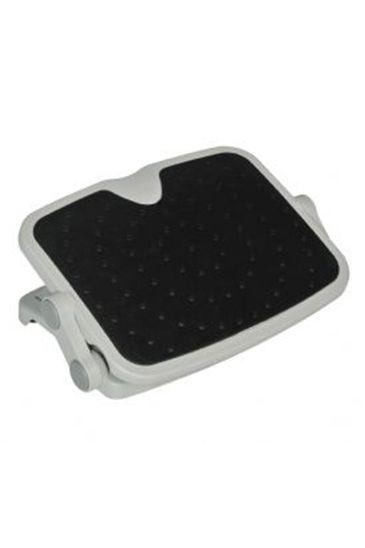


Leave a comment